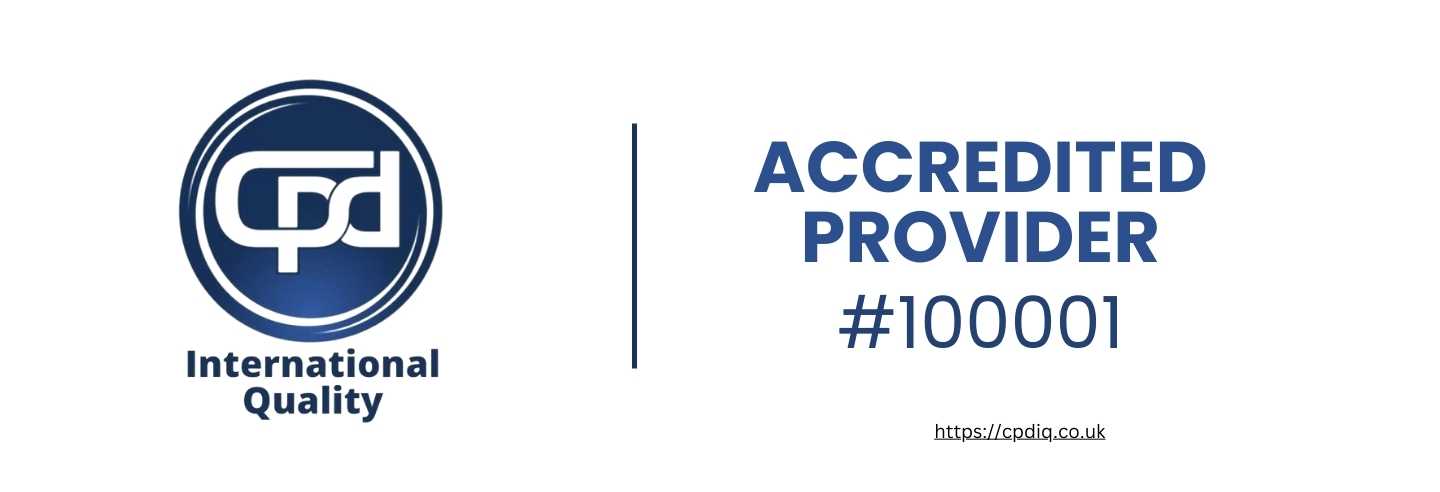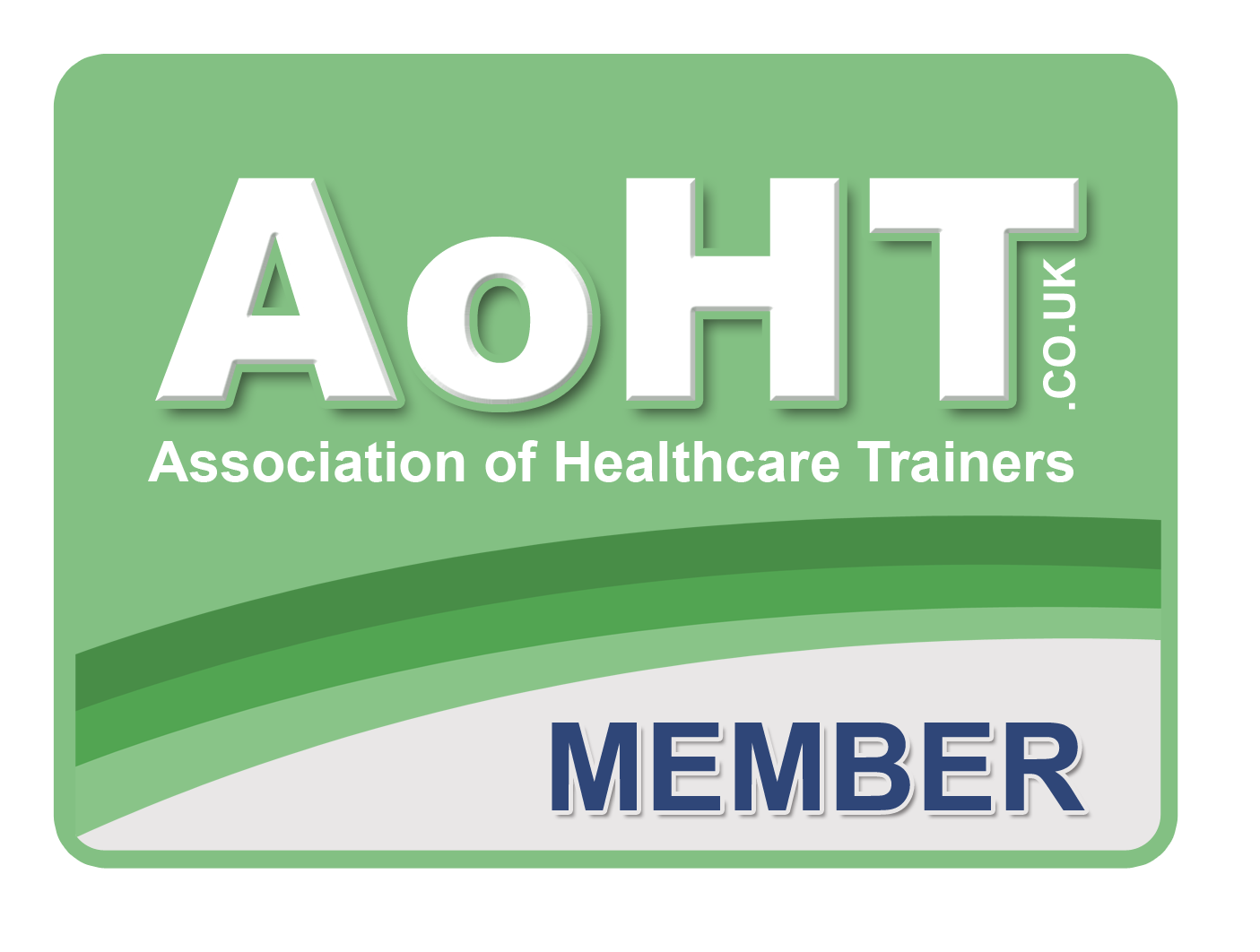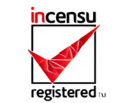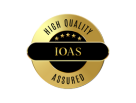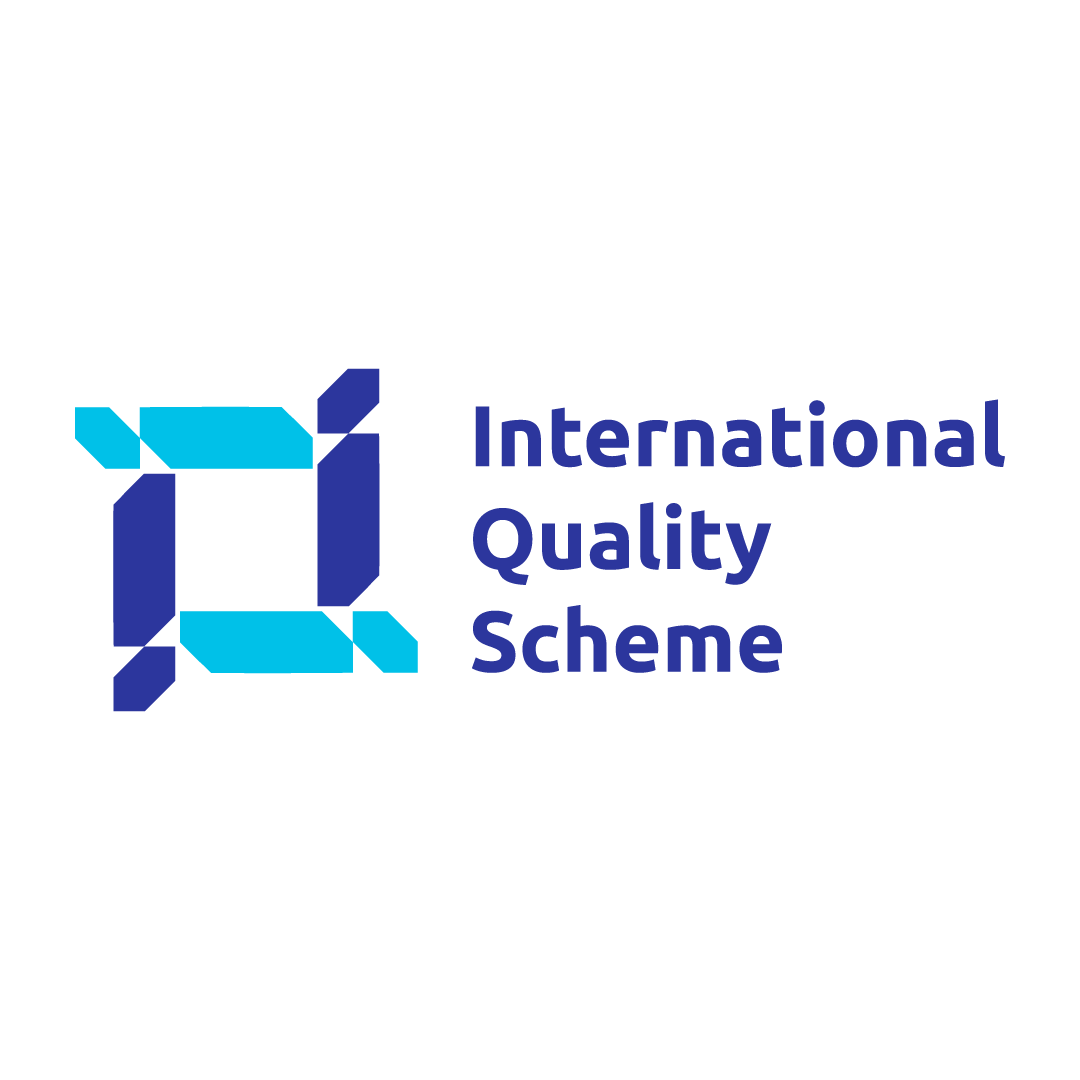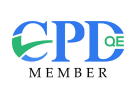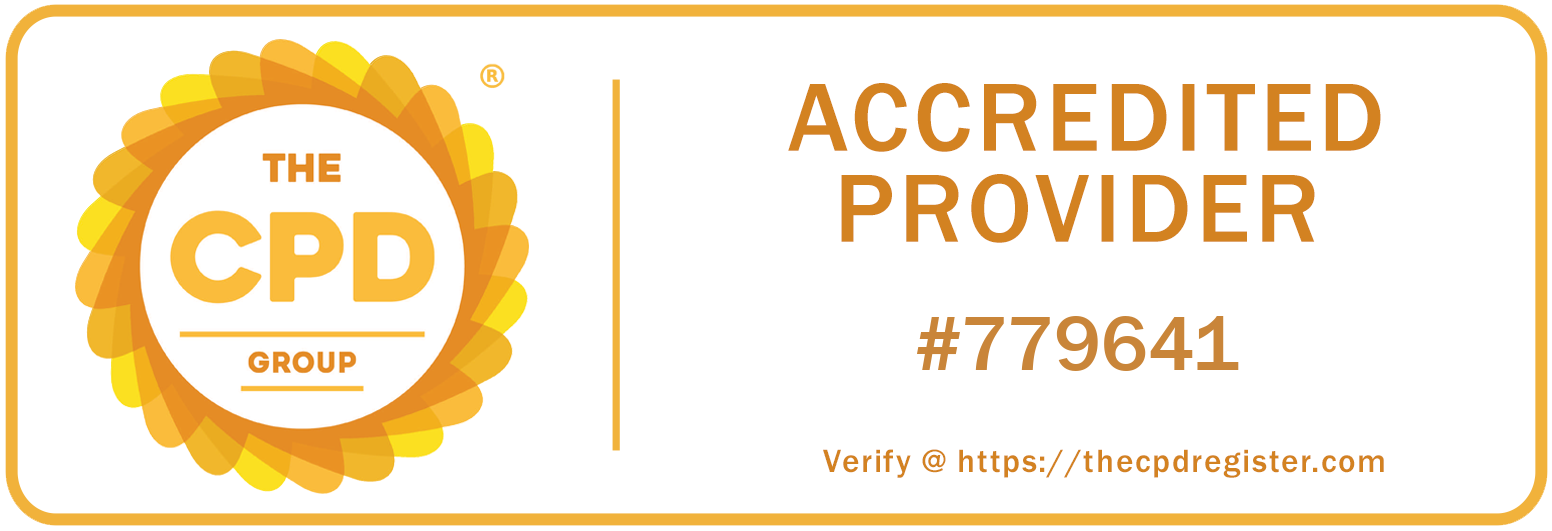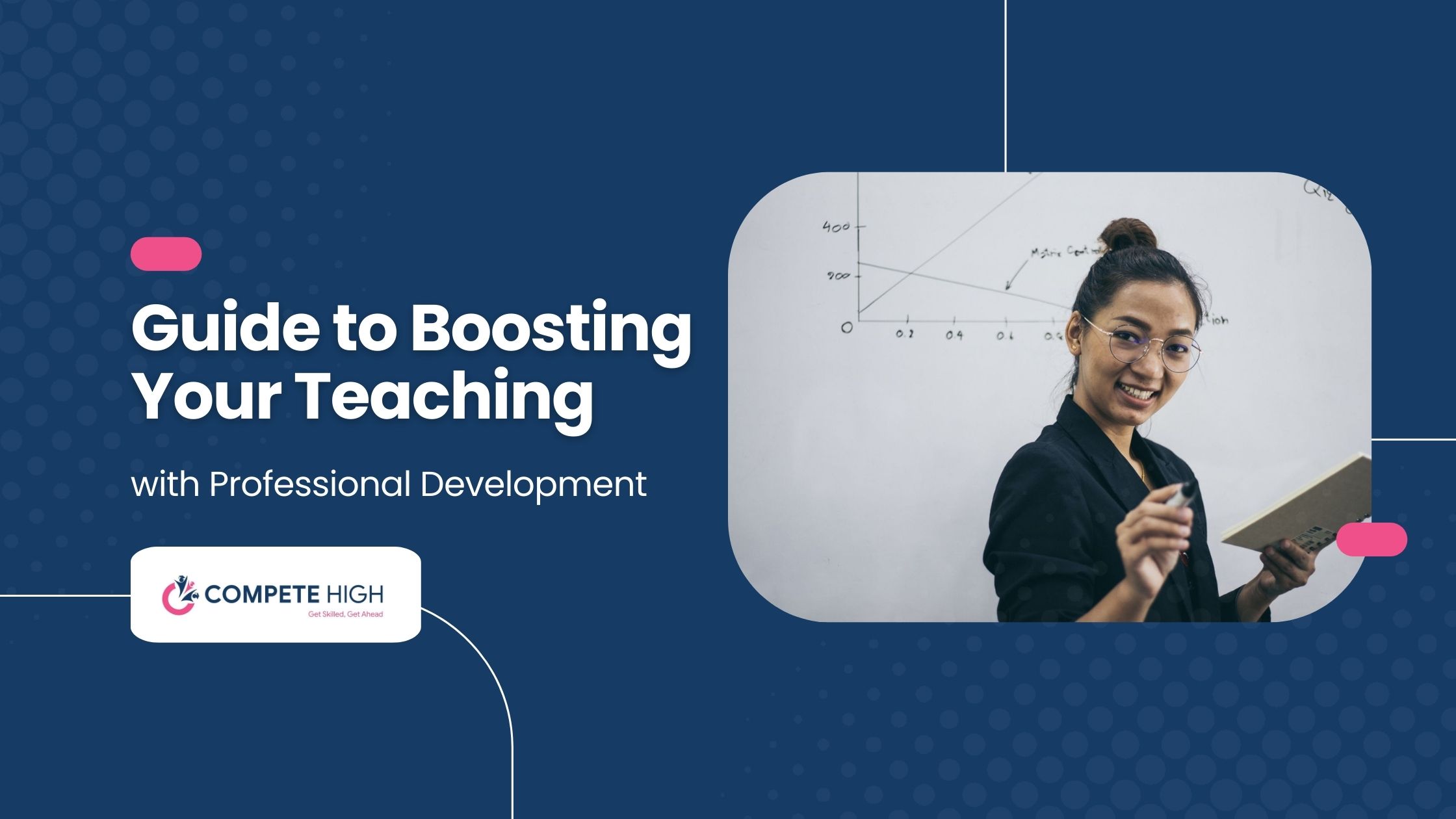
What is meant by professional development (PD)? Educators continually engage in professional development to improve their skills and knowledge to better teach students with the latest educational methods and technologies. While it is very important to improve teaching with professional development, it is also important for teachers to participate in PD to better serve their students and, in turn, increase their academic success. In today’s ever-changing educational environment, it is important for teachers to continually grow and be effective in reaching their students. This guide will explain how to boost teaching with professional development to improve their teaching and ultimately benefit their students.
Why Professional Development is Crucial for Teachers
The Evolving Role of Educators:
What does it mean to be a teacher today? In many ways, teachers’ work has become more challenging than ever. In the past, the teacher’s role was more akin to transmitting knowledge to a class of students, following a schedule of topics for a semester or year. There were lectures and tests, and that was about the extent of it. Today, teachers are expected to be technologically savvy. They must personalise learning and adopt inclusive pedagogies. With teaching increasingly complex and changing, learning must adapt to keep pace.
Professional development is necessary for teachers to stay current, learn new skills, and adapt to new school environments. Due to new teaching with professional development methods and other changing dynamics in the classrooms, teachers need to update themselves on new ways of engaging students, incorporating new technologies, and creating learning spaces for all students.
Benefits of Professional Development:
Among the most important benefits of professional development is the improvement of teachers’ effectiveness. This is because teachers, as a result of professional development, acquire new teaching with professional development strategies and learn about the latest educational techniques. This allows them to deliver lessons much better and to find different ways to control the class if some of the students are really hard to manage.
Furthermore, PD influences student outcomes. When teachers modify their instructional practices, students benefit from more engaging and effective lessons, which can result in improved academic achievement and increased motivation. Professional development also helps teachers stay current on pedagogical trends; it keeps them abreast of the latest research and best practices in education.
Staying Current with Educational Trends:
Professional development is one of the most crucial elements in teachers’ growth. It helps them adapt to changes within curriculum standards, teach new concepts and interpretations, and stay relevant with the introduction of new educational technology. From leveraging digital tools to learning new instructional approaches such as differentiated instruction, PD helps teachers manage new trends and stay effective.
In addition, educational policy and reform often lead to changes in classroom practices. Professional development helps keep teachers informed and in compliance with new standards and legislation while supporting them in changing educational environments and maintaining high standards.
Types of Professional Development for Teachers
Workshops and Seminars:
Explanation:
Workshops and seminars are interactive sessions for teachers to learn new teaching with professional development methods, refresh their subject matter, or use certain technologies. This kind of session usually involves collaboration and interaction between teachers, where they can practise together, exchange ideas, and compare notes.
Benefits:
Workshops give teachers immediate practical experience to implement in the classroom while allowing them to network with colleagues and experts to share best practices and build a professional network.
Examples:
Like workshops on digital literacy, inclusion, or differentiated instruction, they offer useful tactics that teachers can apply to help all students learn.
Formal Education and Certifications:
Explanation:
This kind of professional development might involve studying for degree programs or certification in teaching subjects or areas. This formal education provides a more in-depth or extensive learning experience. It often leads to formal qualifications that can add to a teacher’s credentials.
Benefits:
Formal education and certifications help teachers expand their knowledge base and specialise—for example, as special education teachers or leaders. The education and certification process enables teachers to advance their careers and become department heads or administrators.
Examples:
A Master’s in Education or certifications in areas such as special education or instructional coaching can help teachers become even more effective and increase their chances for promotion.
Online Courses and Webinars:
Explanation:
The courses are usually self-paced and can be completed when it is convenient for the teacher. They are available online or as webinars. The courses focus on a variety of subjects, including classroom management and new educational technologies.
Benefits:
Online learning covers many subjects and specialisations, and it is easy for teachers to find the appropriate courses. In addition, online learning is convenient for teachers who do not have enough time to attend regular classes. They can do the homework at home to complete the courses, saving their time.
Examples:
Teachers can take online courses in classroom management, proper use of educational technology, or design of lessons.
Collaborative Learning:
Explanation:
Collaborative learning includes professional learning communities (PLCs), peer observations, or classroom teams. These professional learning opportunities emphasise collegial support, shared knowledge, and collaborative problem-solving.
Benefits:
The collaborative nature allows teachers to share and learn from one another, to work together as a community, to try out new ideas, and to refine their practices with the support of their colleagues.
Examples:
Collaborative learning that might enhance a teacher’s professional knowledge and skills includes participating in peer-to-peer feedback sessions, attending PLC meetings, or co-teaching with professional development with a colleague.
Conferences and Educational Events:
Explanation:
Conferences and educational events unite educators worldwide to discuss the latest evidence on best practices, share new tools and technologies, and explore current educational trends. These large, often large venues bring together different educators to network, learn, and be inspired.
Benefits:
Teachers should regularly attend conferences to stay current with new advances in education and network with other experts. They can also share best practices and learn about new teaching with professional development resources.
Examples:
Attending educational technology conferences or conferences in a subject-specific field, such as national science teaching with professional development conferences, may allow teachers to hear a fresh voice and receive innovative ideas.
Self-Directed Learning:
Explanation:
Self-directed learning is a process by which teachers independently seek out knowledge by reading, listening to podcasts, or conducting research. It is a flexible form of professional development that allows teachers to learn about topics of interest on their own terms.
Benefits:
Self-directed learning is flexible. You can learn about things that interest you or that you need to know more about, adapting the learning to your circumstances. For teachers, self-directed learning means learning without the constraints of formal courses.
Examples:
They might self-learn, for example, by reading educational journals, following expert teachers on social media, or listening to podcasts about teaching with professional development strategies and classroom management.
How to Identify the Right Professional Development Opportunities
Assess Your Teaching Needs:
Self-Reflection:
Teachers, meanwhile, should take stock of their current practices—perhaps evaluating the effectiveness of their lesson delivery, the level of engagement among their students, and their own management of the classroom. Identifying their strengths and weaknesses will allow them to focus PD efforts on areas that require growth and improvement.
Student Feedback:
Student feedback is another important source of information on teaching with professional development needs. Teacher listening can assist in identifying gaps in instruction and areas that could be improved through professional development.
Colleague Input:
Colleagues and mentors might also be able to give you some insight into places where you could use support or professional development, and veteran educators can offer suggestions for the right PD to seek out.
Align with Career Goals:
Short-Term and Long-Term Goals:
Professional development courses should be considered based on short-term and long-term career goals. Teachers aspiring to be leaders in schools or districts should consider courses focusing on management or instructional coaching.
Specialisation Areas:
Enrolling in PD courses that support a specific subject or grade level can help those who want to deepen their focus, build their skills, and advance in their careers.
Stay Informed on Industry Trends:
Educational Trends:
To keep current is to be a better teacher in class. Staying abreast of the latest pedagogy, educational technology, and classroom management techniques is crucial. As long as professional development follows these current trends, it will ensure that teachers have the necessary knowledge of the most recent strategies and tools.
Technology Integration:
Nowadays, technology is taking over most aspects of education. We can no longer ignore it; students can’t live without it, so we should focus on teaching with professional development our students to use technology in the best way possible.
There are many ways to integrate technology in the classroom. The best way to do this is by using it as a tool to encourage our students to be more involved in the class. This will promote more interaction between students and teachers, which leads to better learning outcomes.
In conclusion, giving teachers more professional development in technology integration will help improve the educational system.
Accreditation and Recognition:
Importance of Accredited PD Programs:
Only accredited professional development programs are recognized by schools and educational institutions, so it is highly recommended that teachers choose accredited programs so that they can benefit from professional development.
Many accredited programs can lead to formal qualifications, and it is a good idea to choose these accredited programs as they help the teacher build a good resume in the market.
Certifications and Formal Credits:
Some teachers see PD certifications or formal credits as a way to get ahead and open new doors to administrative responsibilities. Others use their PD credential as a demonstration of their expertise and commitment to continuing professional development.
Maximising the Impact of Professional Development on Your Teaching
Applying What You’ve Learned:
Immediate Application:
One of the best ways to maximise the impact of your professional development is to get back into the classroom and use what you learned as soon as possible. When you get back to class, try using at least one or two things you picked up on during the PD. This way, you can better retain the new information and understand how it works in your unique teaching with professional development situation.
Hands-on Experience:
Professional development can also be highly practical, allowing for hands-on experience with new strategies, approaches, or techniques. Taking full advantage of this opportunity means trying what you’ve learned in the classroom. If you’ve been taught a new digital tool or a strategy for differentiated instruction, write it into your lesson plan and assess how it went. Reflection on what worked and what didn’t can help you refine the approach and make necessary changes.
Adapting Strategies to Fit Your Classroom:
Tailoring Techniques:
However, professional development offers such a wide variety of strategies that not everything will necessarily translate into every classroom. The highest return on PD will come from adapting the strategies you learn to the specific needs of your students and teaching with professional development environment—whether that involves modifying activities to fit class size, subject content, or available resources.
Adjusting for Diverse Learners:
Another aspect of adapting PD for your classroom is accommodating students with special education needs. Teachers can learn about differentiating instruction during professional development and then coach and support each other to adapt these methods to their classrooms and their students' needs. This can be a quick and easy way to make PD more relevant to their students and classrooms.
Collaborating with Colleagues:
Peer Learning:
Professional development need not be a solo pursuit. Sharing what you’ve learned with others is a good way to reinforce new knowledge gained from the experience and gain new insights. For example, discussing with colleagues a new strategy they might try out when working with students provides the opportunity for feedback on how it might work in different settings and a fresh perspective on that experience.
Team Teaching:
But it can also happen more formally in the classroom: team teaching with professional development is a great way to work with another teacher to learn something new and different and to teach it with a knowledgeable colleague while experimenting with different approaches to see which ones work well for the class. Students get a different experience from the various combinations and approaches the teachers share.
Tracking Progress:
Measuring Outcomes:
You might want to include measuring outcomes to see if your professional development has improved your teaching with professional development. A simple way to do this is to monitor student performance—student engagement, understanding, or test scores—before and after you implement new approaches.
Reflection:
The most effective professional development occurs when teachers frequently reflect on what they’ve tried. After trying a new practice, take some time to think over what went well and what could be improved. Reflecting on what you’ve tried in the classroom will allow you to refine your practice, making each subsequent round of professional development more impactful and customised to your students.
Challenges and Solutions in Professional Development for Teachers
Time Constraints:
Challenge:
A key challenge that teachers face with professional development is finding the time to actually participate in it. Teachers are extremely busy with their classroom teaching responsibilities, and the prospect of learning new ideas and strategies on top of lesson preparation, grading, and classroom management can be difficult to fit into their available time.
Solution:
To overcome this, I search for online PD courses or webinars with flexible schedules. Many online PD courses enable teachers to take a module and choose when they want to complete it, which helps make PD work with even the busiest schedule. I think that schools should consider scheduling an in-service day for PD to help teachers make the most of their time.
Cost of Professional Development:
Challenge:
High-quality professional development can be costly, and many teachers cannot afford the expenses. Courses, conferences, and certifications can also be expensive and partially or entirely out of reach for many teachers.
Solution:
There are many ways to address this challenge. Look for free or low-cost professional development resources online, such as webinars, MOOCs (massive open online courses), and podcasts. Another option is to enrol in some school-funded PD programs, which many districts offer, or receive grants to cover the costs of conferences or certification programs.
Finding Relevant PD:
Challenge:
With so much professional development on offer, finding the PD that will speak to your needs is often difficult. Some PD offers might be too broad or not narrow enough for where you are trying to grow.
Solution:
Teachers should consult with colleagues, administrators, or professional organisations to find PD opportunities that match their needs. Many educational networks compile curated lists of PD opportunities organised by subject, grade level, or teaching with professional development strategies. Some PD programs allow teachers to design personalised learning paths that focus on areas most aligned with their career objectives.
Overload of Information:
Challenge:
Too often, professional development leaves teachers feeling overloaded by a wealth of new approaches, strategies, and materials. It can be challenging to know where to begin applying new knowledge.
Solution:
The secret is to focus on one or two immediate, implementable techniques. Rather than attempting to do everything, teachers should choose the strategies they feel will have the most positive influence on their classroom and introduce them one at a time. Because change is gradual, it can be managed, and each new technique can be introduced and embedded before the next is attempted.
The Long-Term Benefits of Professional Development for Teachers
Career Growth and Advancement:
Pathways to Promotion:
Continuing professional development can also prepare teachers for internal promotion to positions such as department head, instructional coach, or school leader. Specialised knowledge or leadership training can help qualify teachers for a promotion, whether to a position on campus or in a district office. PD helps teachers build a stronger résumé and compete for these positions.
Specialisation and Expertise:
In other words, specialising in particular areas, such as special education, literacy instruction, or technology integration, can result from teachers being selective in which PD they participate in and how they use it. Not only does this help retain some teachers, but it can also enhance teacher job satisfaction through its ability to create expert knowledge, leading to a recognition that translates into a new career trajectory within one’s own school or district.
Improved Student Outcomes:
Better Learning Environments:
There is a proven link between students whose teachers regularly engage in professional development and a classroom where students enjoy learning and want to participate. Teachers who regularly exchange ideas with other teachers and who read up on the latest educational research can adapt their approach to teaching and make it more effective.
Student Performance:
There is a distinct correlation between professional development and student performance. When teachers are provided with more professional learning opportunities, they are more able to formulate individualised and effective learning experiences for the students. When teachers can close the gaps in their instruction through data-driven professional development, students are provided with optimal learning conditions to fuel their academic success and well-being.
Personal Satisfaction and Confidence:
Professional Fulfilment:
Teachers will feel more motivated and happier at work and better equipped to serve their students’ needs. Teachers will also find professional growth and development rewarding. As the teachers become better at their jobs, they will have a greater sense of accomplishment in their careers and feel a sense of pride in their work.
Increased Confidence:
Not only do teachers participating in PD feel more confident in their ability to adapt to diverse learning needs and classroom challenges, but it also helps them feel more equipped to adjust to new technology and create and maintain a positive classroom climate.
Building a Professional Network:
Collaboration with Peers:
Another advantage of professional development is that teachers can connect with other teachers at home and abroad. Workshops, seminars, and online forums allow teachers to widen their professional networks, share ideas, and work on projects with other teachers, which in turn helps them improve their teaching skills.
Mentorship and Leadership Opportunities:
Through professional development opportunities, teachers might also grow into mentor roles or leadership roles, such as department leadership or school or district leadership. These roles allow them to share their knowledge and experience with more inexperienced colleagues.
Conclusion
As teaching is a highly developing profession, teachers must constantly progress professionally, improve their skills and techniques, and lead to better results for students and aid their personal teaching careers.
Take action to prepare yourself for the future. Sign up for professional development courses on our site and improve your teaching today.



